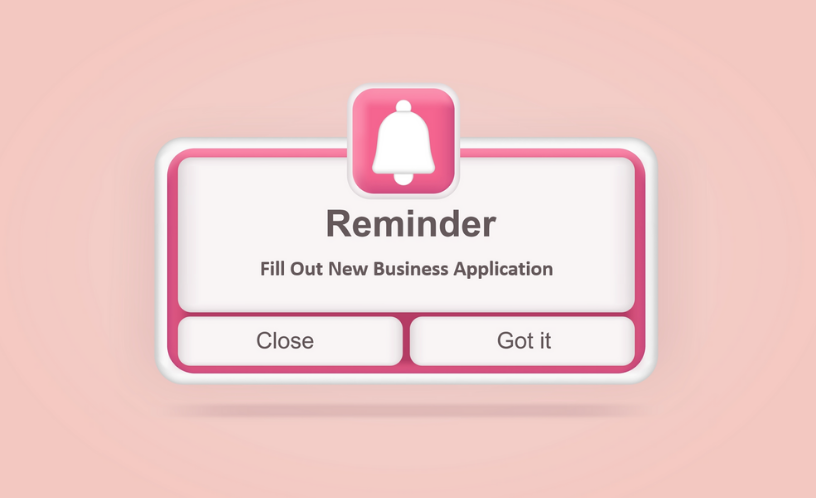The After-Effects of the Workforce Revolution

5.4 million new business applications were filed in 2021. You can count Cavalry as one of those. And last year’s record volume surpassed the prior record of 4.4 million in 2020. These numbers, and the timing, raise some interesting questions. Why now, and what are the businesses that make up this flood of new market entrants? Well, aside from one D.C.-based property tax and technology startup that launched in February 2021, many of these businesses are not what you may think.
After most recessions, specifically the Great Recession, new business applications and other entrepreneurial metrics are usually leading indicators that will precede recovery out of a downturn. Yes, some of these are a result of people laid off during the pandemic, but that can’t be the whole truth because we have hiring shortages and help wanted signs EVERYWHERE. And, interestingly, many of these newer businesses are not actually hiring for growth, nor are they necessarily an illustration of buoyed optimism and positive market sentiment. What this does represent, however, is tangible proof that the era of the side gig and independent contractor has formally arrived.
We’ve been hearing about side hustles and moonlighting for years now. While many operated in that particular arena, either in the shadows or as hobbyists, COVID has ushered in a new way of thinking amongst the workforce. After COVID forced the closure of offices and businesses around the world and workers were faced with a new work environment, many realized just how empowered they had become.
Those who may have been on the fence about leaving a job because they were unhappy, underpaid, and underappreciated. Or, because they felt called to do something more with their life, take a risk, and finally jump feet first. Either way, the isolation of COVID gave everyone room to explore, think, dream, and plan. It also revealed an uncomfortable truth (for employers at least). That working remotely is doable. That work, at scale, can be done effectively, efficiently, and collaboratively outside of the four walls of an office.
Now, before the defenders of corporate bastions begin to “what-about” me for this blog post, let me preface all of this with a recognition and admission that I do not believe the era of office space is dead. I’ve written about why humans have an innate, if not biological, need to collaborate and create together in person. What has, however, proven to be very true coming out of this is that workers have realized that the technologies, resources, and ecosystems do in fact exist that will allow them to work independently – whether for someone else or for themself.
Many people associate the idea of “a business” with the daily corporate elements we experience or become accustomed to as part and parcel of a corporate environment. The office space, HR department, payroll, break room, quarterly conference room meetings, networking events, and even that guy Bob from corporate who no one seems to know what he actually does. After years of living inside of that well-constructed program, the idea of starting a business based on your interpretation of what “operating a business” means seems daunting if not impossible to conceive.
When everyone went into lockdown and businesses and employees began operating at home or on the move, and technology resources and protocols were forced to accommodate the workforce, many realized making that leap and starting a business out of their own home or garage just might be doable. Thus, the era of empowered independent contractors was born. I believe that we are going to see a wave of new startups and businesses created by individuals that will serve the needs of customers across all industries. Some will remain solo acts and others will grow in the traditional sense.
But one thing is for sure. COVID has taught us that starting a business doesn’t require the same resources that kept many out of the game or captive in traditional corporate environments. That doesn’t mean every business will survive, it doesn’t mean every idea will thrive, and it certainly doesn’t mean it’s right for everyone. But what it does mean is that it is more possible and achievable to do now than it has been at any point in recent history.
Now, I know you’ve been dying to know what this has to do with commercial real estate or taxes. Well, with Taxonics we’re building products to empower some of those new businesses – making it easier, more efficient, and more affordable to manage their real estate and tax needs when the time comes. However, real estate and taxes are only part of the business world. We hope others – maybe some will be among those 5.4 million new businesses – will emerge to serve this evolving workforce along with us.
BACK TO ARTICLES